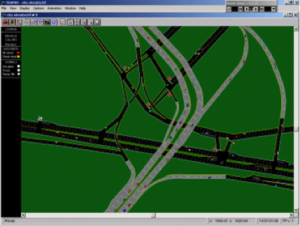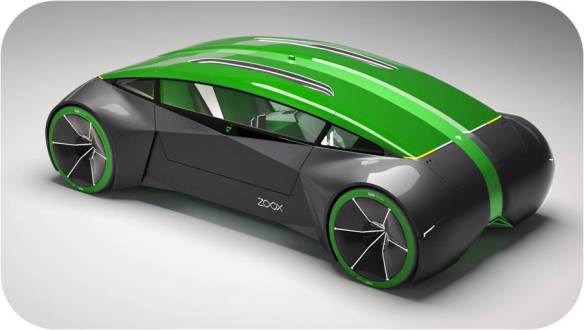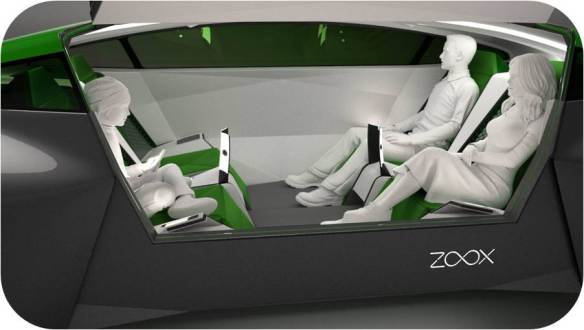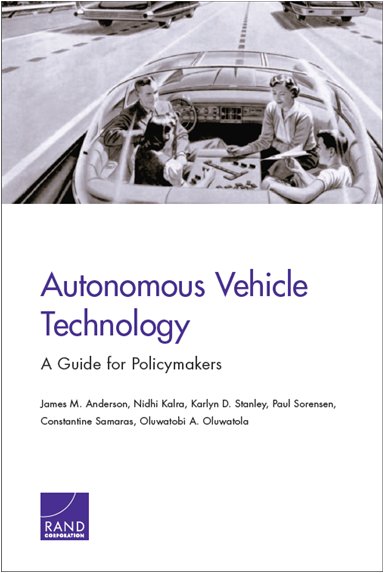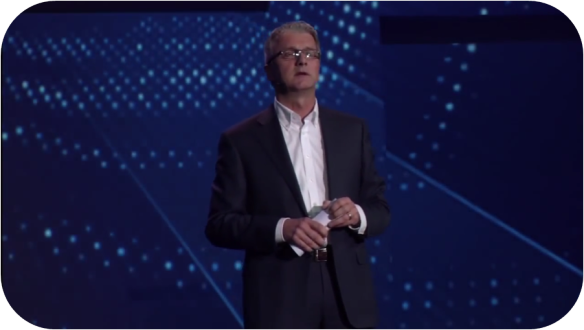Hi there! My name is Jack Folsom. I’m a new feature writer for Driverless Transportation and the websites newest member. I’ll post an article here twice a month, focusing on a specific topic of driverless transportation. This first article is an introduction to who I am, how I got this job and my idea of a driverless world.
I’m 25 years old and currently live in the Virginia/D.C. area with my parents. I graduated from the University of Mary Washington back in May of 2012 with a Bachelors of Science in Biology. In between then and now I’ve had temporary work in retail positions but have been on the lookout for permanent work I can make a career out of. I had done some research on this website and on other sources and knew this technology was something I was interested in, even passionate about. I brought that passion and my own ideas to both of my Driverless Transportation (DT) interviews and through those efforts I got the job. Now I’m ready to explore everything this world has to offer about driverless cars, driverless technology and how and when we might see them for real.
Now that you’ve learned a little about me you might be wondering why I’m so interested in this technology. The answer is a relatively simple one but has a huge impact on my life. I want to see driverless cars come to life because I can’t drive myself. I’m blind in my left eye and I have 20/70 vision in my right eye. That means for everything a normal person can see 70 feet away I have to get up to 20 feet away to see. That’s a pretty big difference and that’s only the minimum distance. I’m not able to see nearly enough of the things every driver has to watch out for while on the road and would be a serious risk if I ever tried to drive myself. For getting around I’m reliant on taking a taxi cab, getting a ride from someone else, riding a bike or simply walking to and from my destination. All of these have their own problems and none of them are a suitable substitute driving a car. Even Metro Access (a door-to-door service I can use due to my vision that has a shuttle bus come pick me up at a predetermined place and time) isn’t a true substitute. Trips have to be scheduled in advance and they only run on certain days and within a certain area. If I need to travel outside these parameters and there’s no one around to drive me I’m out of luck.
A driverless car could and would completely change my life. I, and others like me, would be able to go anywhere we please regardless of disability, age, ability or any other factor. This technology is still years away and won’t be rolled out all at once, but every day it gets closer. The first driverless cars may require someone who can drive a car in case something goes wrong or if the car runs into an unexpected problem. There will also be significant lack of trust in this technology until it has time to prove itself. That will most likely take years and drivers will want to stay in at least partial control of their cars until then. Plus there will also be people in this world who like to drive. It’s become a big part of our culture for the past century and that will be slow to change. Nevertheless, it will be very exciting to see how this technology ultimately unfolds. It’s already happening faster than most anticipated and companies like Google think the first driverless cars will hit the market in less than ten years. It is guaranteed to happen within our lifetimes and we will see the driver operated car phasing out.
When it does happen, it’s going to change the world as much as the car itself did. It’ll take time to iron out everything but I believe the end result will be a safer, more productive society. Accidents should be reduced as driverless cars are never distracted and follow programmed traffic laws. Traffic will flow more smoothly and that will result in less needed road space. Six lane highways will no longer be needed because an efficient traffic system with all cars working together will result in less start and stop time. No more waiting for lights to change. No more traffic jams during rush hour. Even the very concept of rush hour might disappear. People will be free to do anything they want while their car drives itself and this will both decrease stress and improve productivity.
A transportation system dominated by driverless cars will make a safer world for everyone. Removing the human element from driving will create fewer accidents and fewer situations where accidents can occur because a driverless car is never drunk, tired, or distracted. Driverless cars also always pay attention to pedestrians and can get through traffic with maximum efficiency every time. This will result in less time spent commuting or traveling. The end result of all this will be a world where when you want to go on a trip or simply need to get to work, all you have to do is sit back, relax and enjoy the ride.



